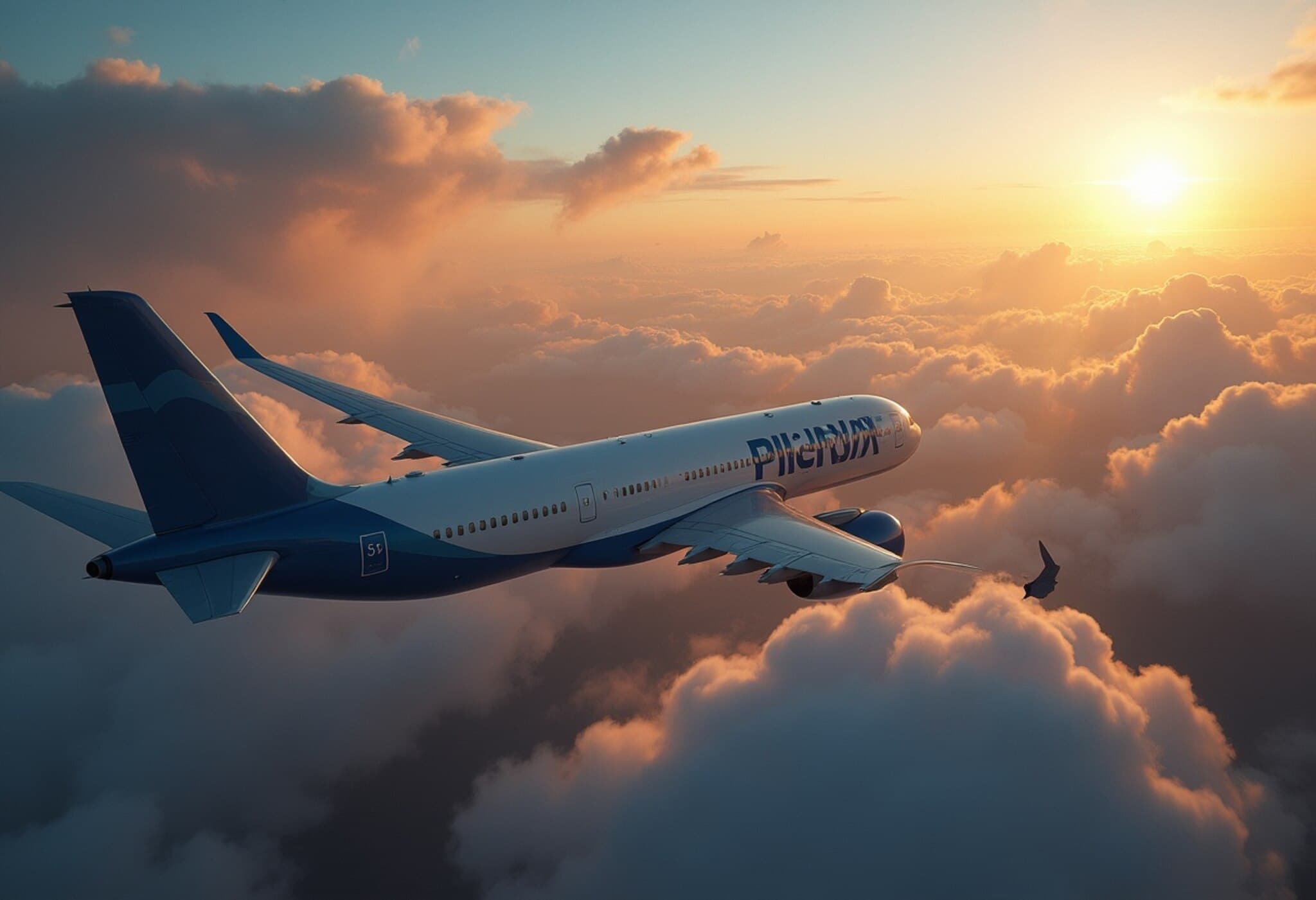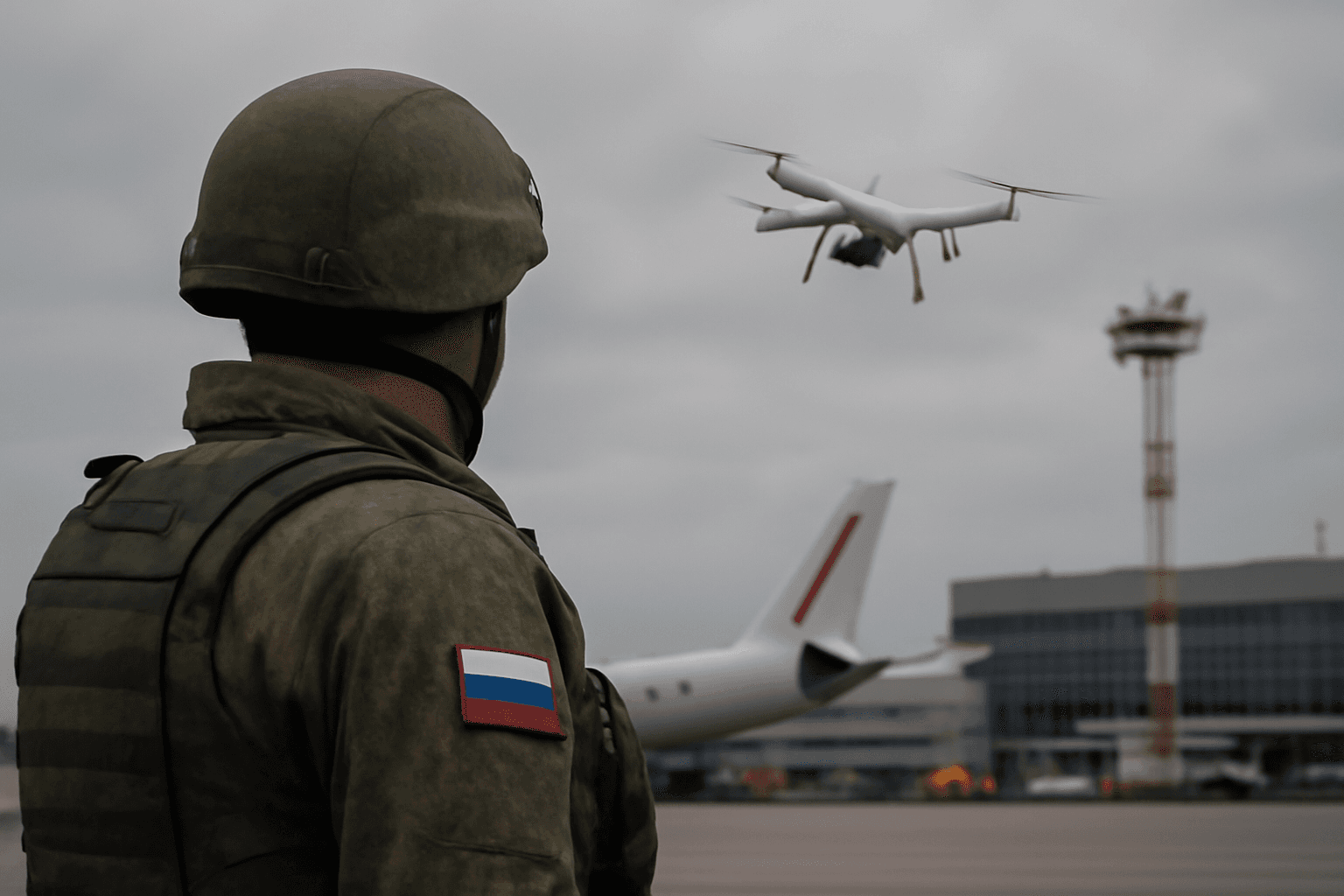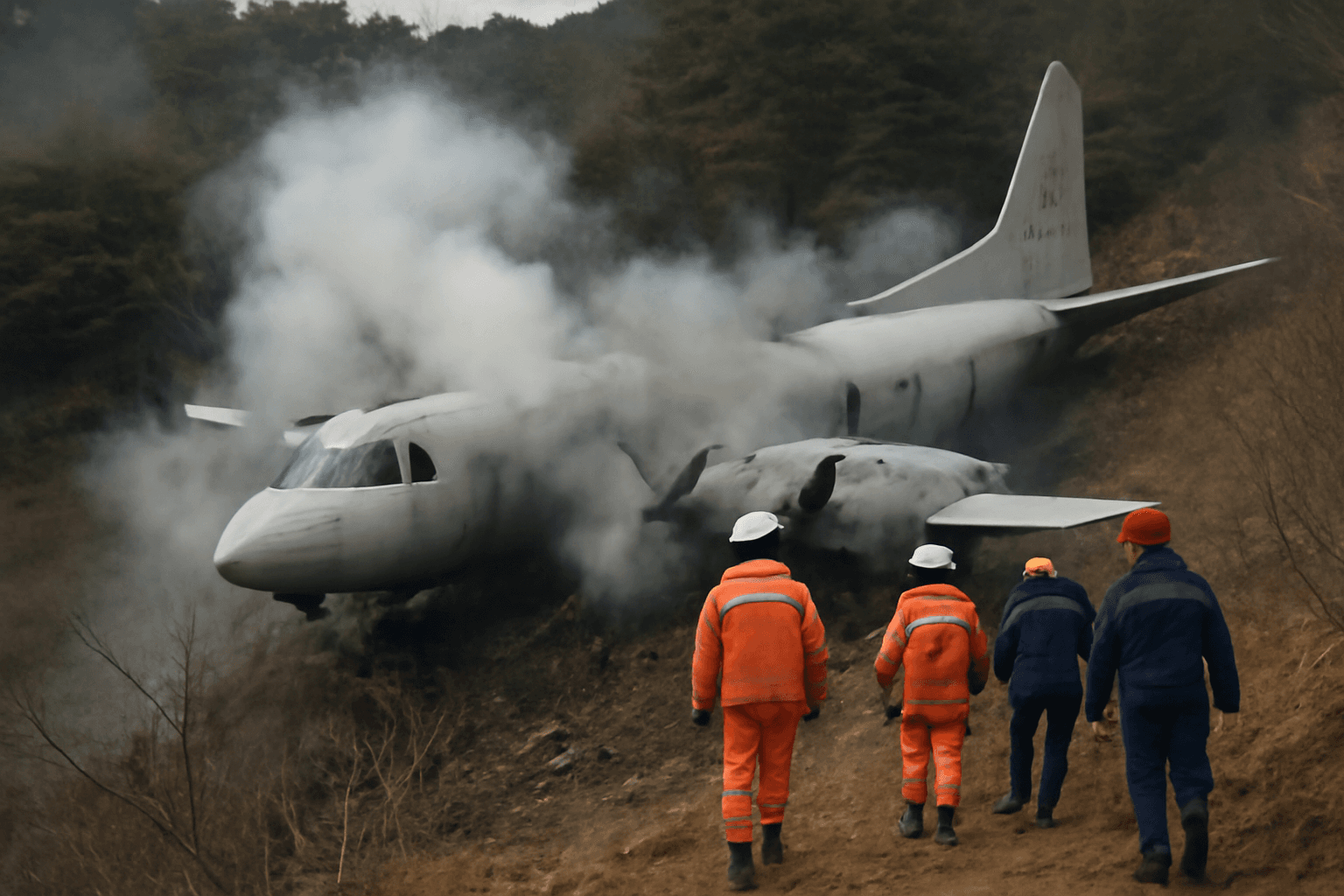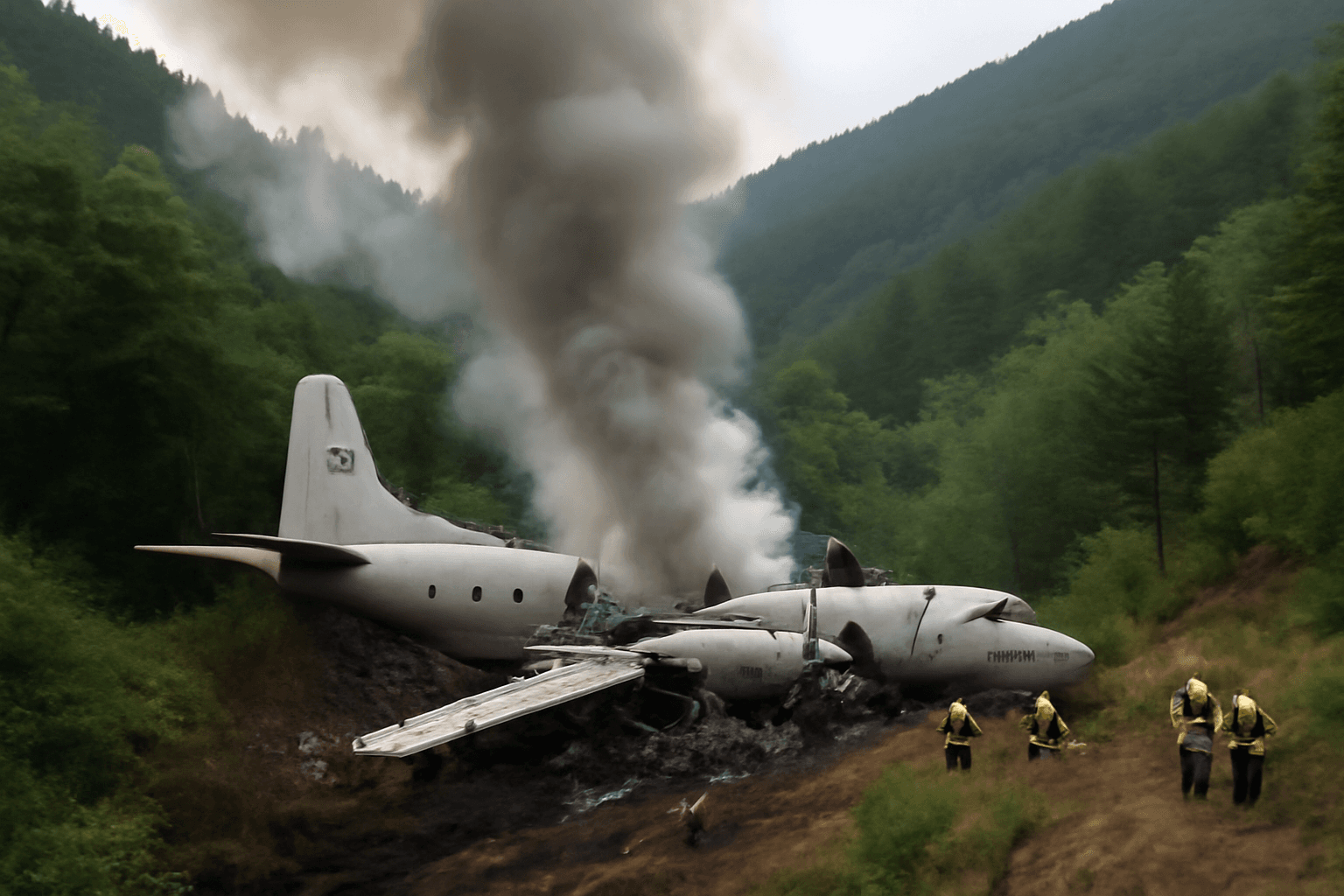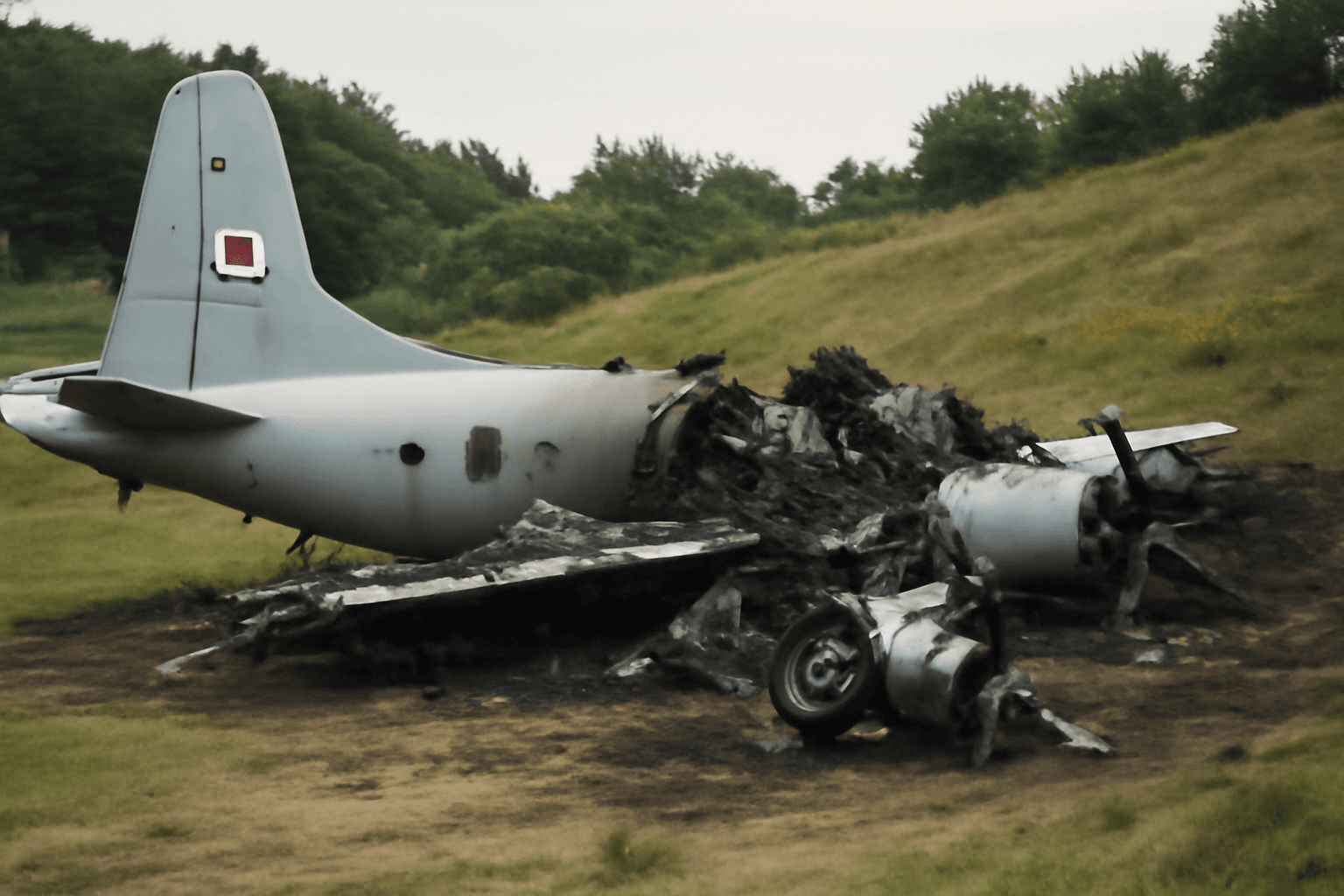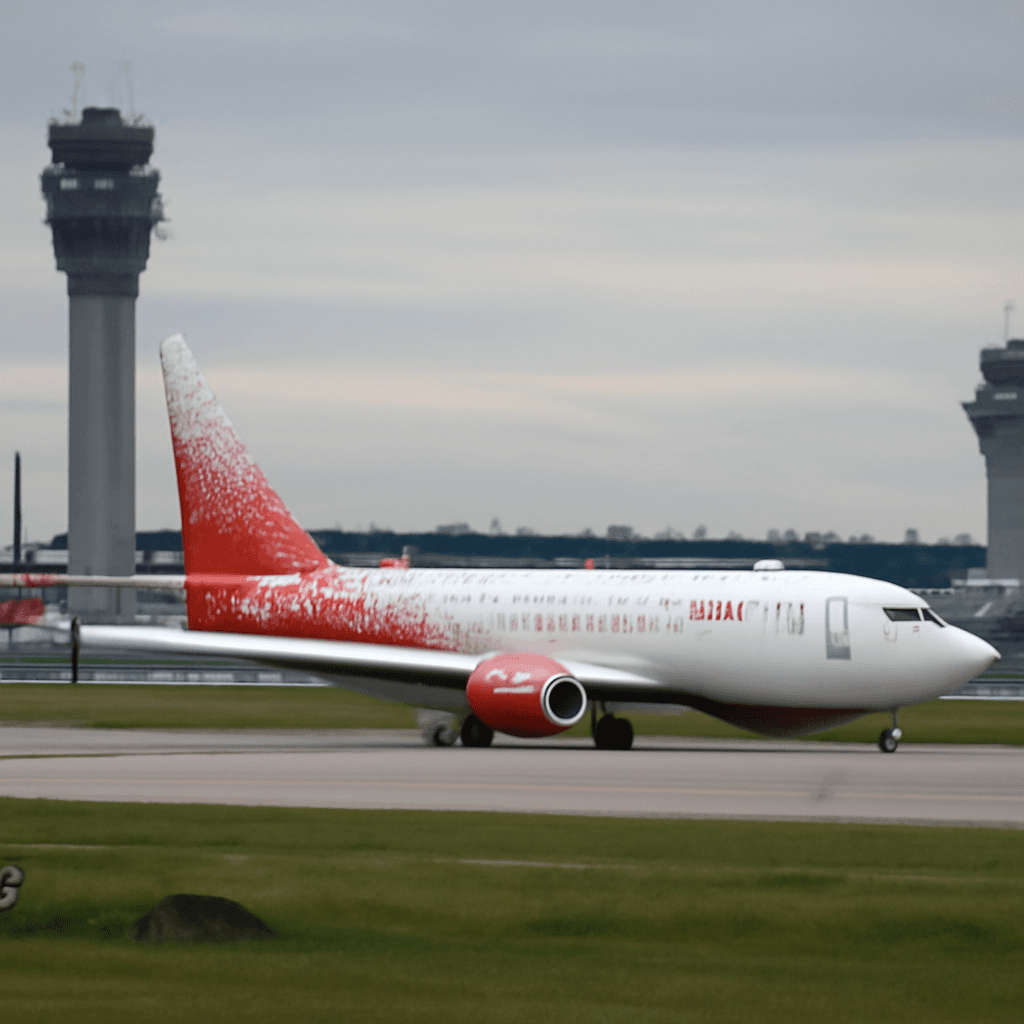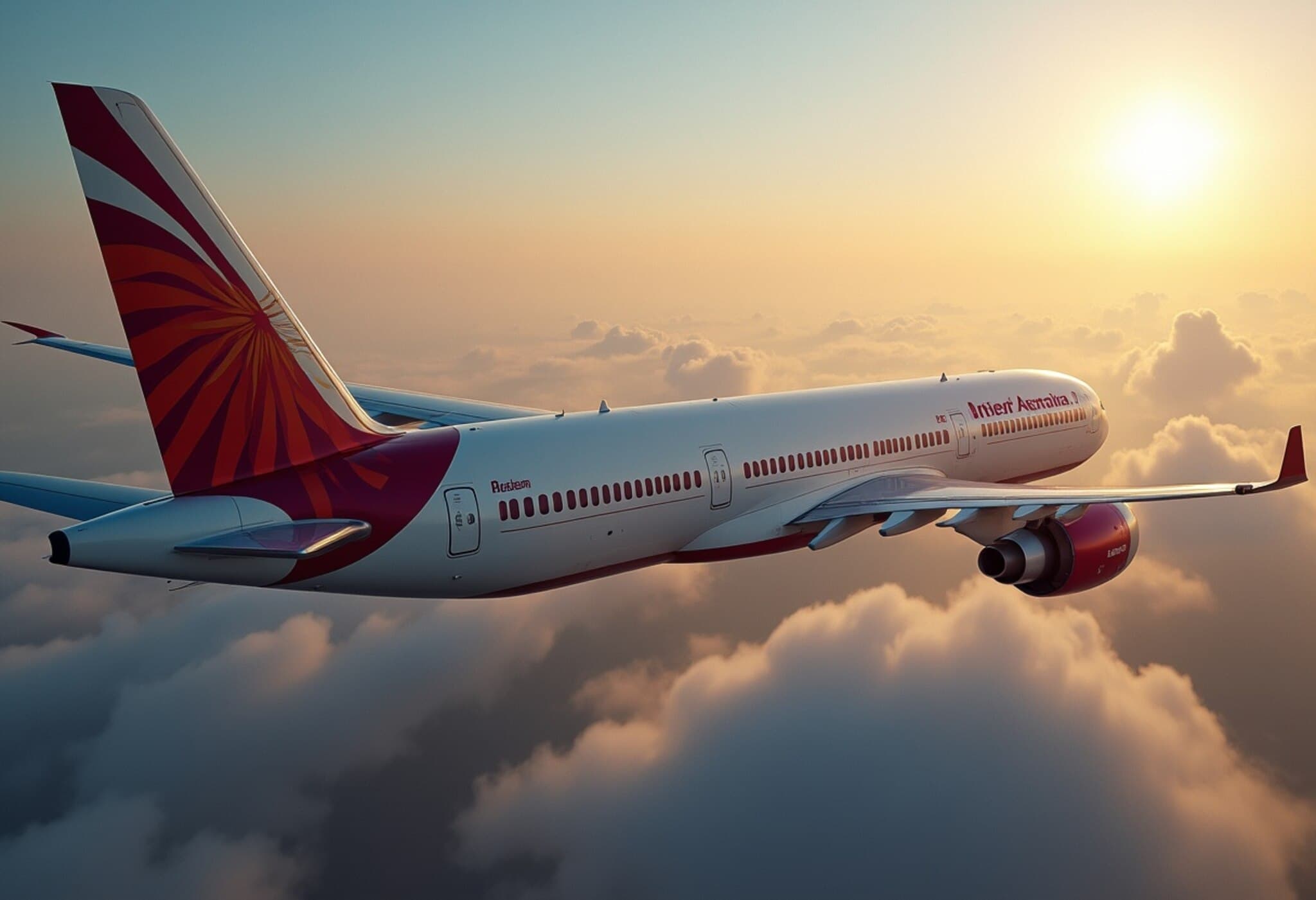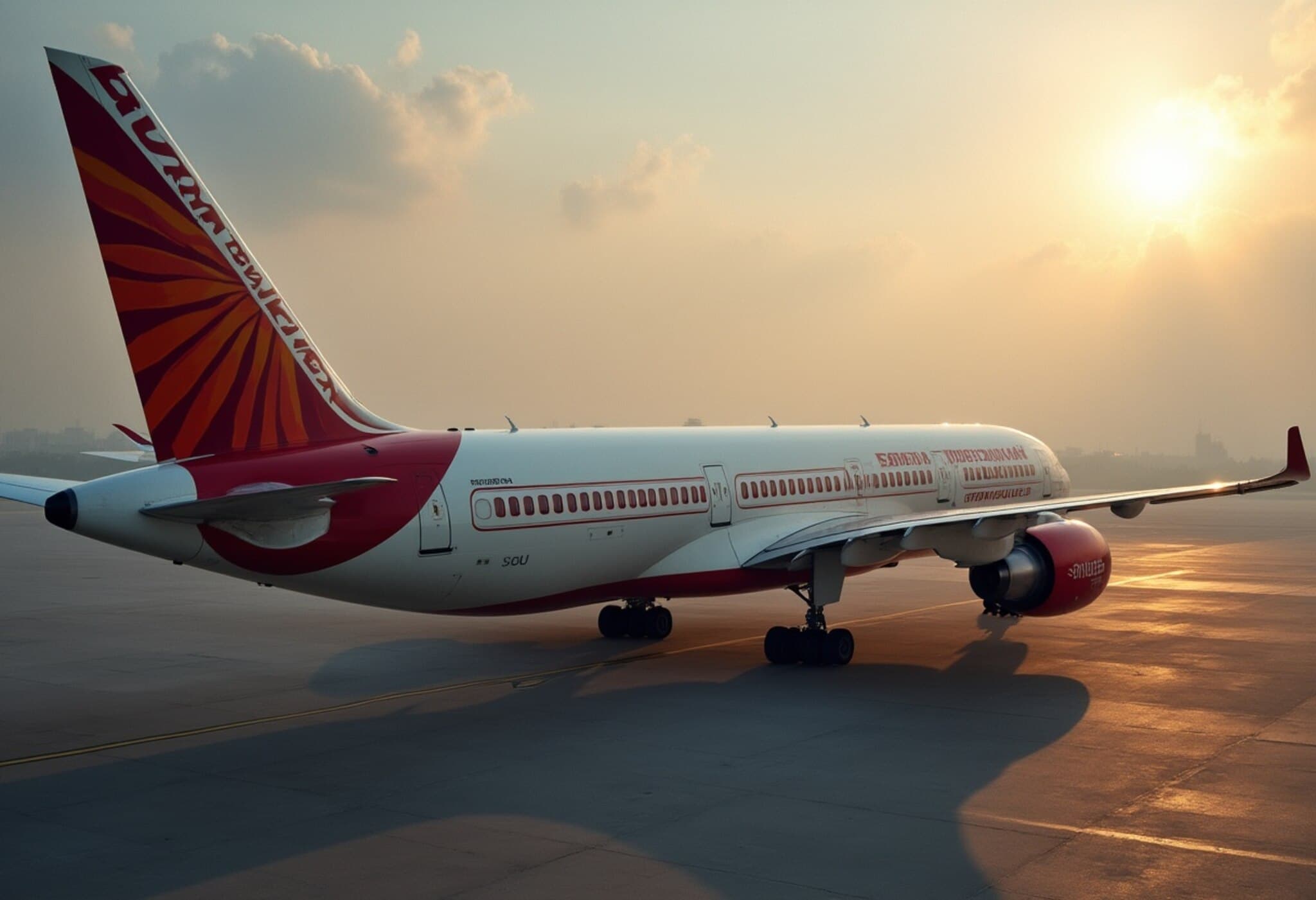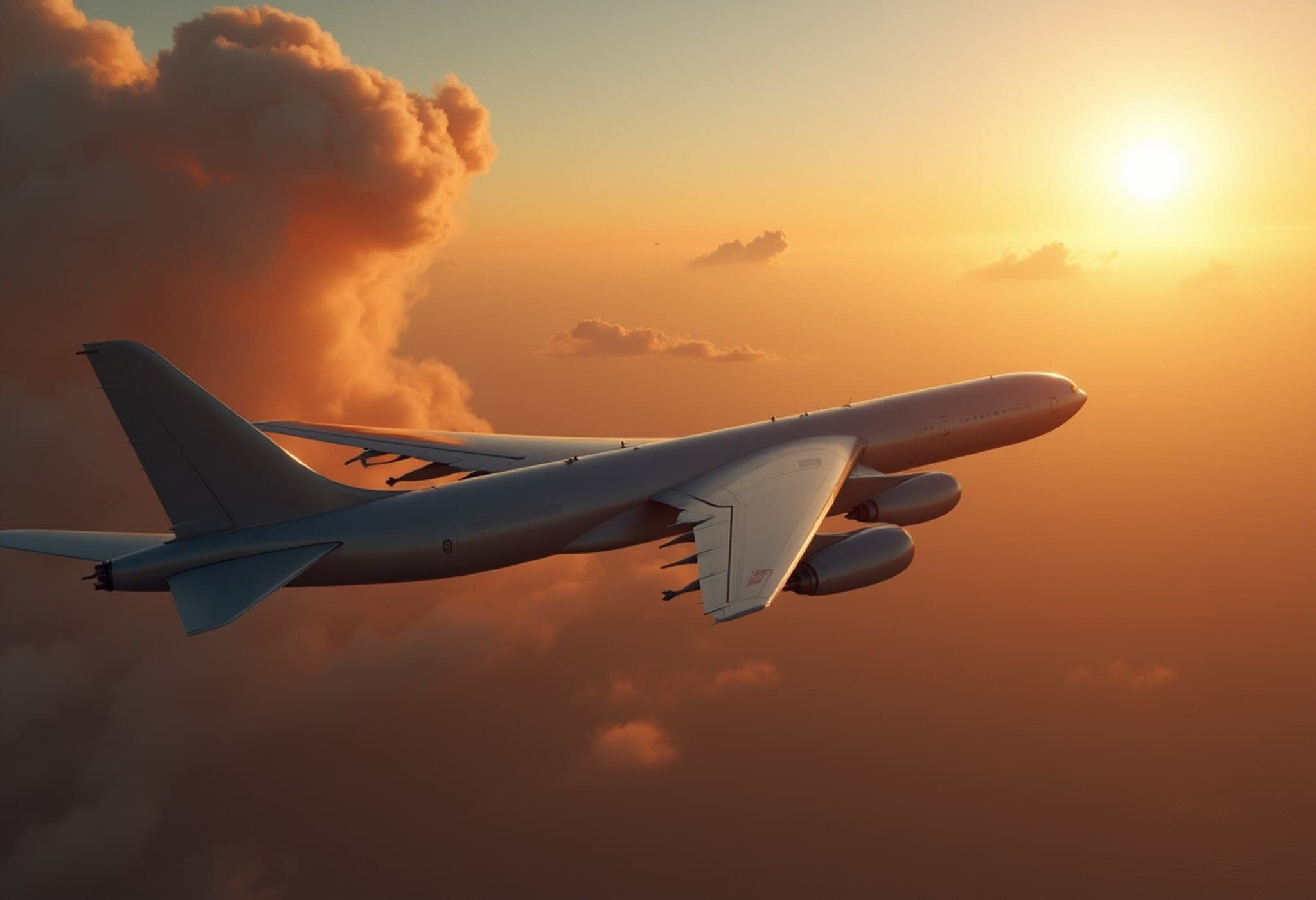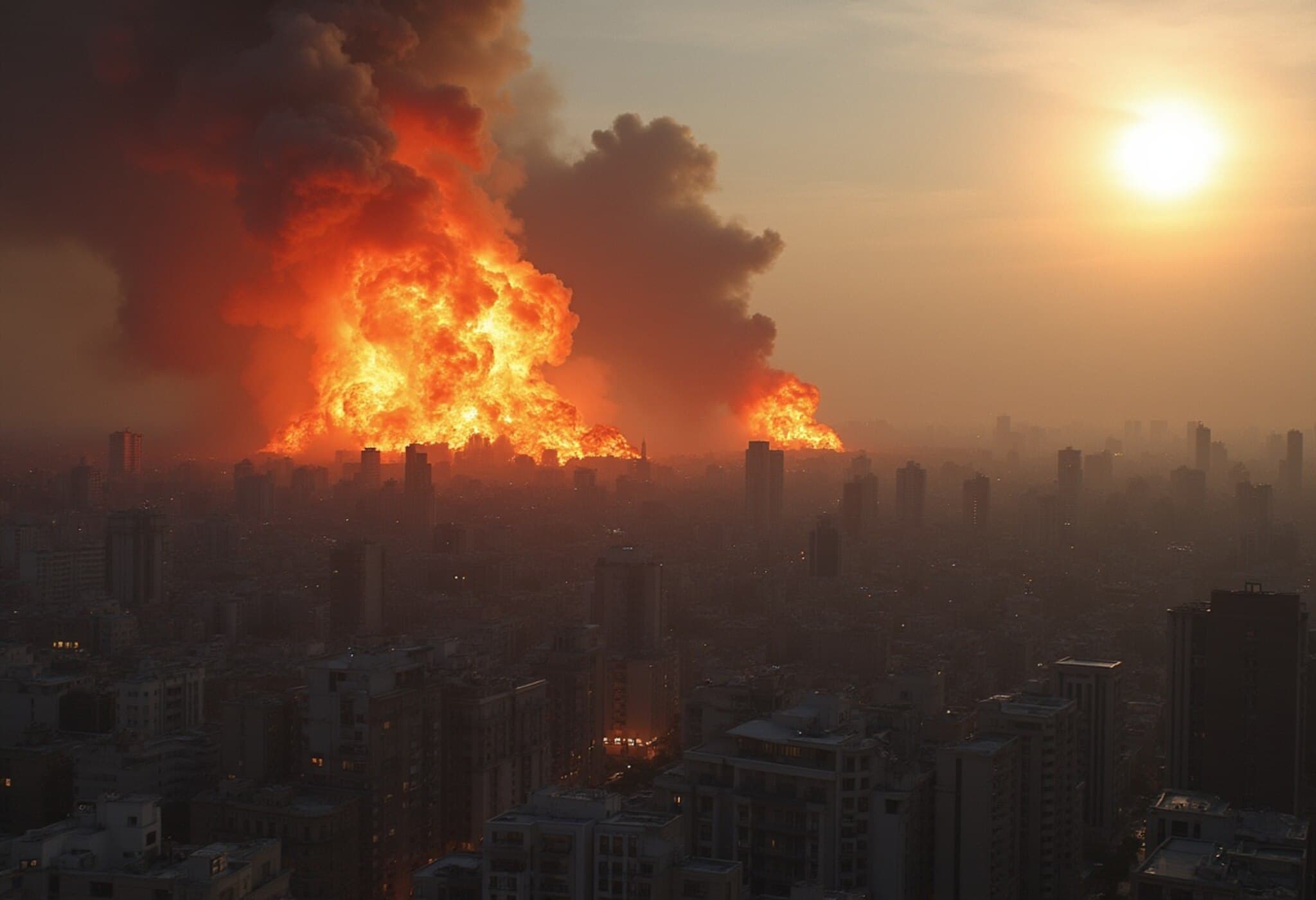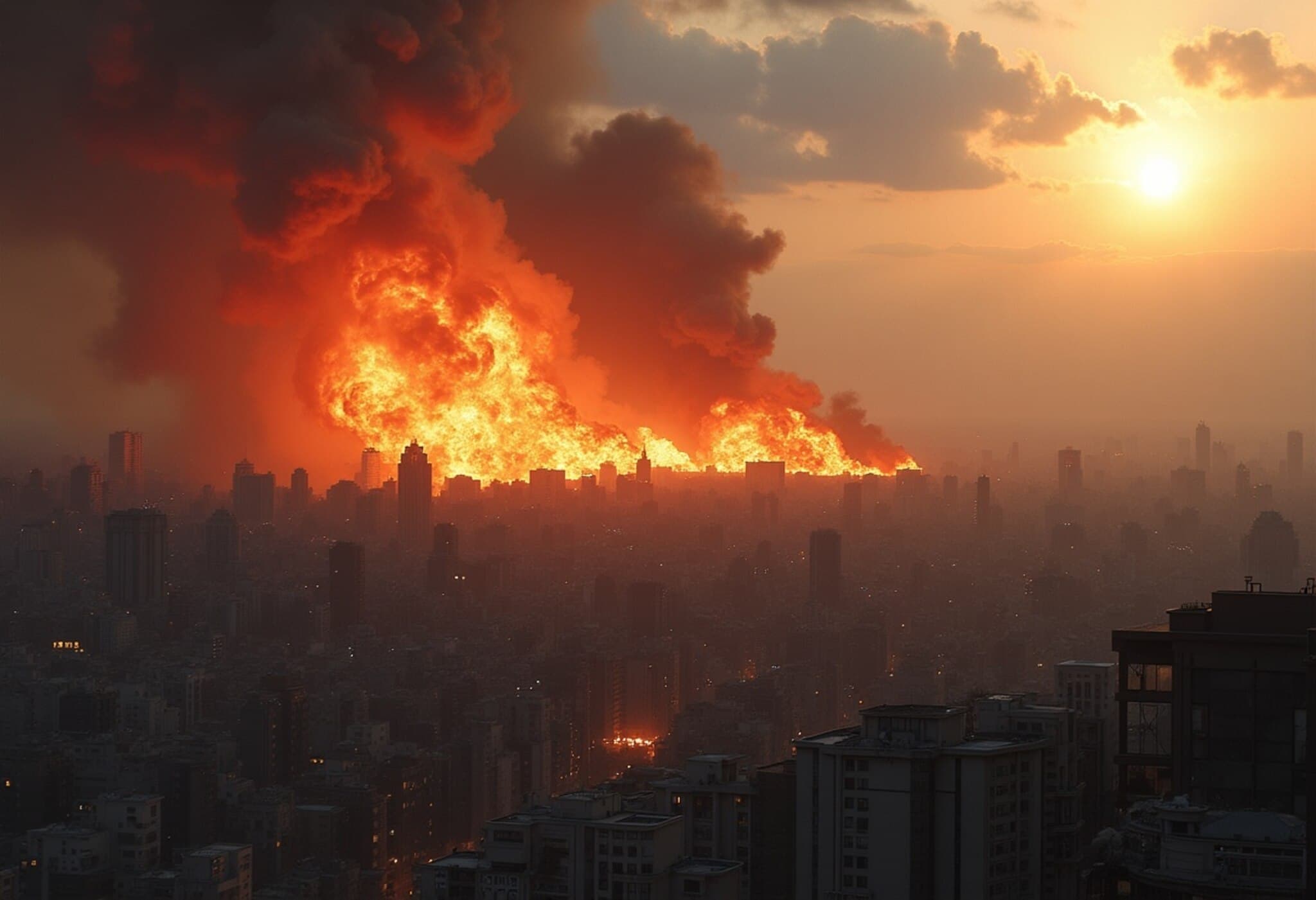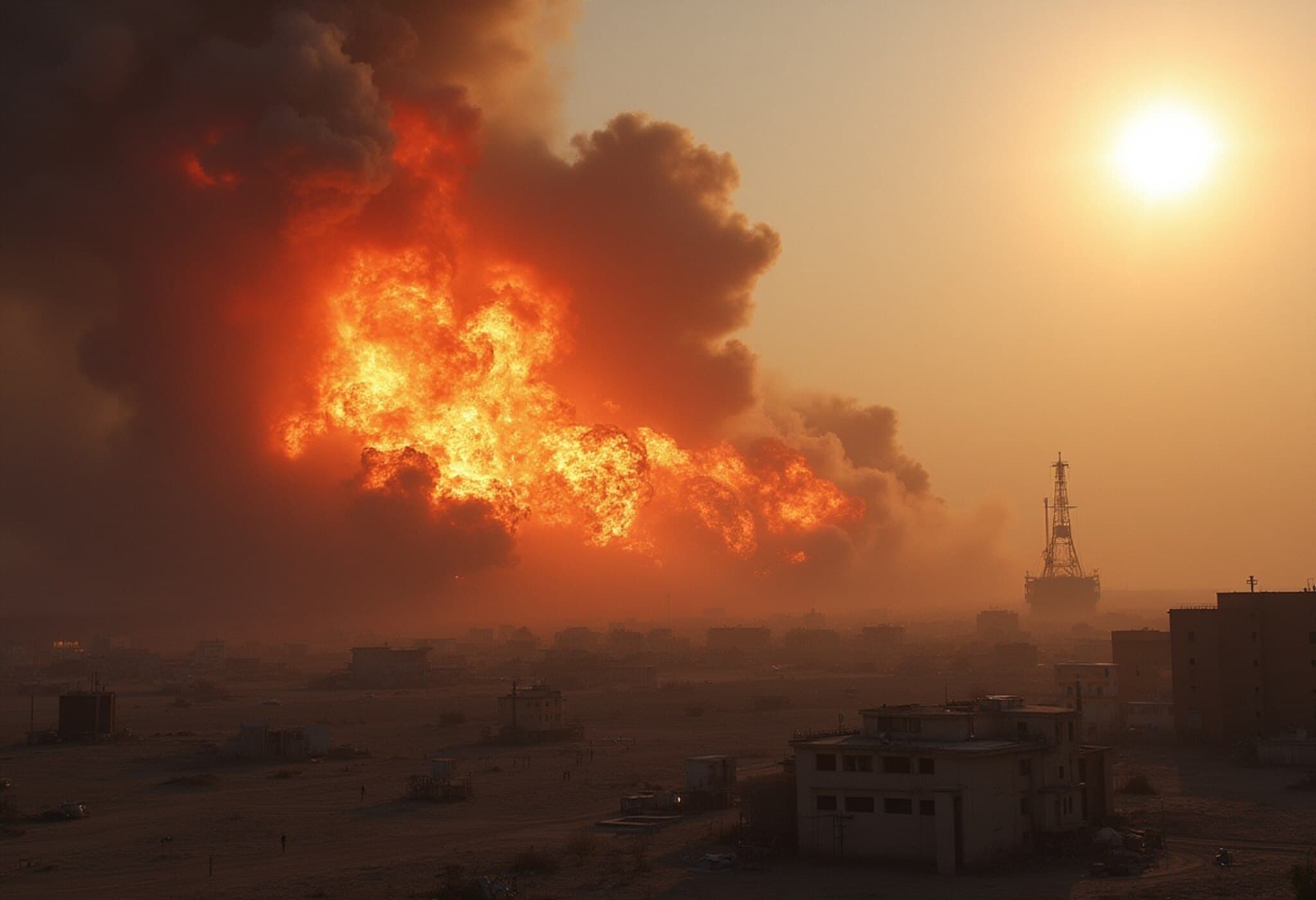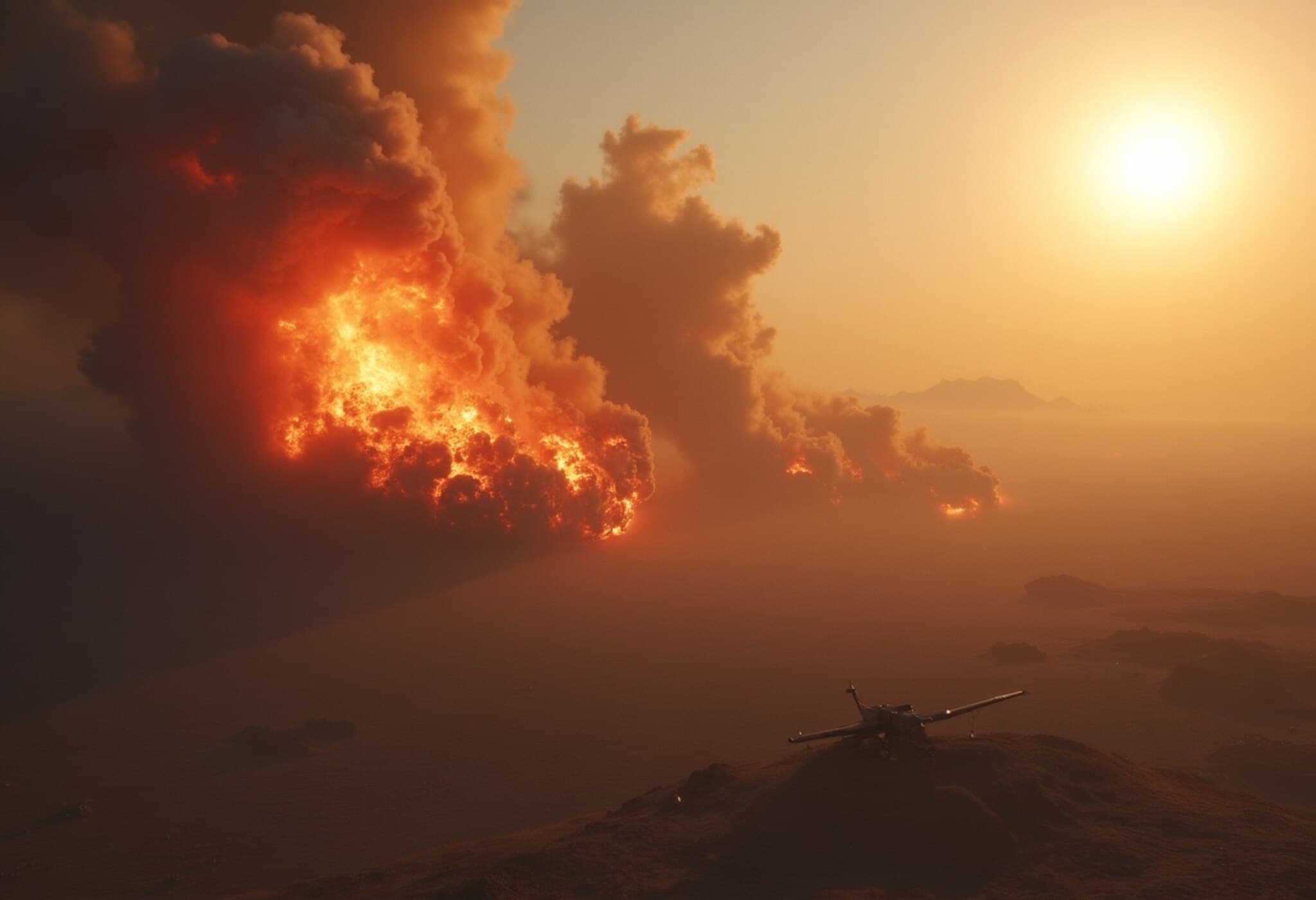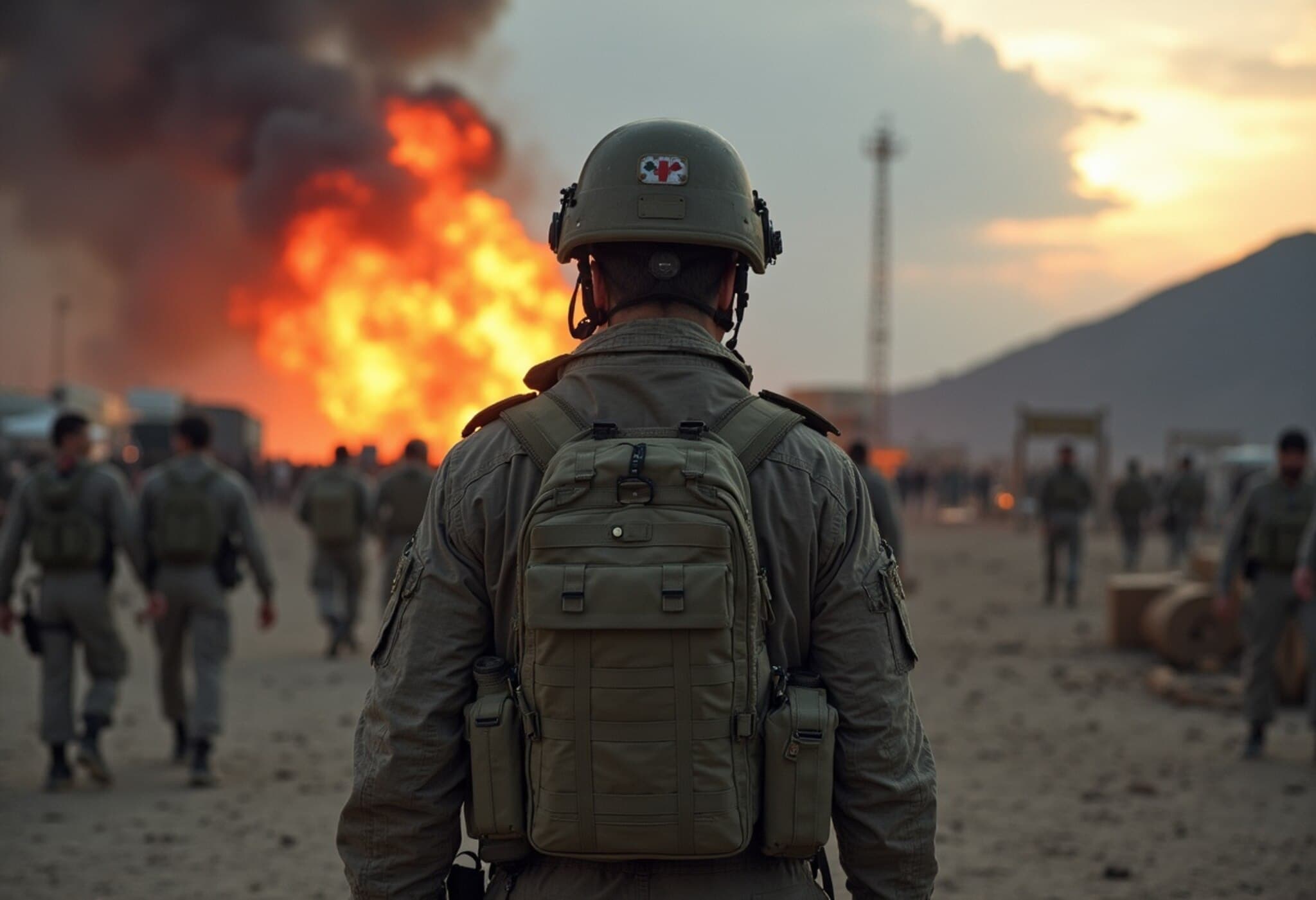US Airstrikes in Iran Stir Aviation Safety Warnings
Recent US strikes targeting Iran’s nuclear facilities have raised alarm among aviation risk analysts, prompting airlines to avoid key Middle Eastern airspace amid escalating tension in the region. Flight monitoring groups have flagged heightened dangers particularly for US operators flying nearby.
Airlines Shift Routes to Circumvent Conflict Zones
Major carriers have rerouted flights to steer clear of Iranian, Iraqi, Syrian, and Israeli airspace. Alternative paths via the Caspian Sea to the north or through Egypt and Saudi Arabia to the south are now preferred, despite the impact on fuel costs, crew hours, and flight duration. This cautious approach comes as missile and drone exchanges intensify across expanding conflict zones.
Temporary Reopening of Israeli Airspace
Following a barrage of Iranian missile strikes, Israel reopened its airspace briefly on Sunday to evacuate those stranded since the conflict began on June 13. Israeli airlines including El Al, Arkia, Israir, and Air Haifa scheduled rescue flights between 1100 and 1700 GMT to facilitate this critical movement.
Ongoing Risks and Regional Impact
Safety advisory services stress that while no direct threats to commercial aviation have been made, Iran has indicated potential retaliation against US military interests through proxies like Hezbollah. This suggests a persistent risk environment extending potentially to Bahrain, Kuwait, Oman, Qatar, Saudi Arabia, and the UAE.
Suspensions and Evacuations
- US airlines such as American and United have halted flights to Qatar and Dubai, respectively.
- Israel's main international gateway, Ben Gurion Airport, along with Haifa Airport, have opened limited rescue flight windows.
- Thousands of Israeli citizens and international visitors face ongoing travel disruptions, with many seeking border crossings through Jordan and Egypt for departure.
International Responses
Japan has evacuated over 20 nationals from Iran via land routes through Azerbaijan, planning further evacuations if necessary. New Zealand is synchronizing a military deployment of a C-130J Hercules aircraft for potential civilian evacuations, also consulting with commercial airlines for transit options.
What Lies Ahead
Given the sustained tensions and missile activity, aviation experts advocate for heightened vigilance and caution. Airlines continue to monitor developments closely to adapt flight routes and schedules to ensure maximum safety amid a volatile geopolitical landscape.

